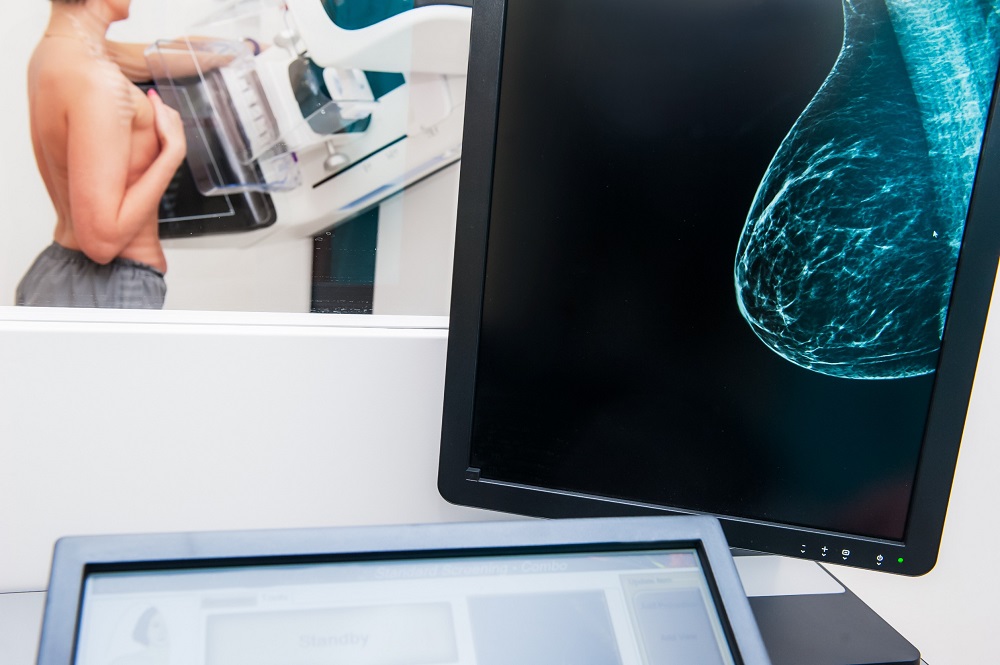Synthetic Mammography Could Become the New Standard for 2D Breast Cancer Screening
Posted on 02 Oct 2023
Full-field digital mammography (FFDM) is widely recognized as the go-to method for 2D screening of breast cancer because it's reliable, cost-effective, and broadly accessible. However, the U.S. Food and Drug Administration (FDA) has also given the green light to alternative methods like synthetic mammography, especially when used alongside digital breast tomosynthesis (DBT). Synthetic mammography is a technique that reconstructs a 2D image using existing 3D DBT data. Nevertheless, there is still a debate over the accuracy of synthetic mammography, and information about the technique’s advantages and disadvantages remains limited.
Researchers from Brigham and Women's Hospital (Boston, MA, USA) have conducted an analysis that highlights reduced radiation exposure as the most significant benefit of synthetic mammography: While DBT offers a 3D view of the breast, a 2D image is needed to complete the imaging, which typically involves the use of FFDM and additional radiation. Synthetic mammography, however, can generate this 2D image artificially, thus minimizing radiation exposure. Despite this, the technique does have its downsides, including a lower spatial resolution, reduced visibility, and a higher rate of false-positive findings. There's also a possibility of encountering more image artifacts, although proper examination of the artifacts can help address this issue.

According to the researchers, despite these drawbacks, synthetic mammography is on track to become more prevalent than FFDM when combined with DBT. This is largely because the method's reduced radiation levels are particularly beneficial for breast cancer patients who are awaiting surgery. As the technique gains popularity and becomes more widely used, technological enhancements are following suit, including the potential use of artificial intelligence to refine the imaging process. Companies are focusing on developing new algorithms to produce clearer and more accurate synthetic mammography images. With ongoing investment and regulatory support, advancements in this technique are likely just a matter of time, and the benefits could eventually tip the scale in its favor.
Related Links:
Brigham and Women's Hospital














